Choosing the right eLearning standard for creating your eLearning is a vital decision, as it impacts what the course can do, its longevity, and how it can be accessed. Choose the wrong foundation to build your eLearning on and the whole project can come tumbling down.
While there are a number of eLearning standards out there, two of the most popular right now are SCORM and xAPI, and for good reason. SCORM benefits from being the most popular eLearning standard, meaning more platforms support it and there is more content out there that can be adapted to your eLearning needs. xAPI, while less widespread, has much more sophisticated tracking, and more options for personalisation. So how do they stack up against each other?
What Is SCORM?
The Sharable Content Object Reference Model, or SCORM, has been around since 2000, making it one of the longest-standing eLearning standards. It has the best compatibility across platforms, and making SCORM content is fairly easy, meaning it’s often the go-to standard for companies who are new to eLearning.
However, the latest version was released in 2009, over a decade ago. This means that SCORM users are missing out on support for newer tech, such as HTML5 (which was in its infancy in 2009) and mobile app support. SCORM-compliant eLearning content is usually Flash-based, which restricts the ability of the content. Flash itself is buggy and doesn’t work well on mobile devices, and is mostly obsolete. While Flash content can be converted to HTML5, the results are often low-quality.
SCORM also lacks versatility. The standard doesn’t support offline learning, and learners can lose their progress if their internet connection fails. Tracking metrics are limited to basic information such as course completions, time spent on modules, and assessment scores, and even these basic metrics are only available through an LMS, so SCORM content cannot be tracked on apps or websites.
What Is xAPI?
Tin Can, or xAPI, is a newer eLearning standard created in 2013. xAPI is less popular than SCORM, possibly because it hasn’t been around as long, but its usage is growing year on year. Users mainly appreciate its superior tracking and reporting capabilities and its flexibility in course creation, but they aren’t the only benefits xAPI has over SCORM.
xAPI is truly flexible is a number of ways. It doesn’t require a web browser, meaning it can be delivered easily via apps, and doesn’t require a constant internet connection, making it easier for learners to learn on a device and in an environment that suits them.
The learning you can track in xAPI is also much broader. It can record learning activity taking place outside of your LMS, such as in a CRM or a Performance Management System. Its advanced tracking and analytics abilities include tracking results from games and simulations, responses to open-answer questions, and even mouse clicks, all in real-time.
This allows tracking for a much wider variety of learning, such as blended or informal learning. With xAPI, you can completely integrate your learning ecosystem and get meaningful insights into how learners are progressing. It also gives course creators a deeper insight into how learners interact with the content, allowing them to develop and improve the courses in response to this feedback.
The choice seems clear – xAPI has the widest capabilities, the best reporting ability, and supports a range of platforms and content types and while SCORM has the most users right now, xAPI is catching up. While SCORM may be able to suit the needs of a company with simple eLearning requirements, xAPI gives the users more choice and room to grow in the future. It can act as the basis for a sophisticated, fully-integrated learning ecosystem, vastly improving your eLearning efforts.
